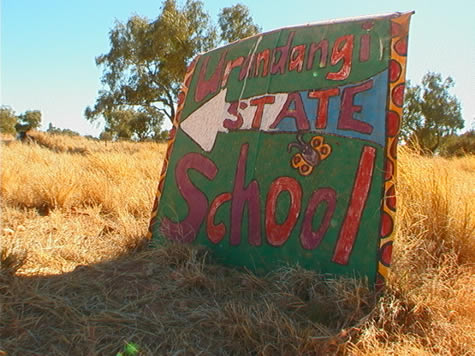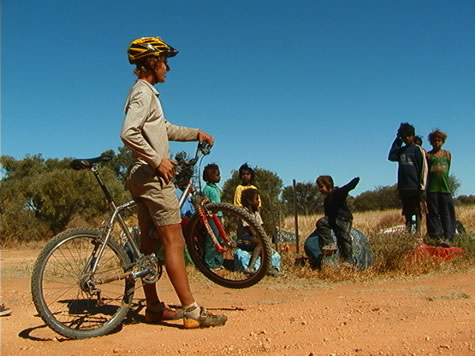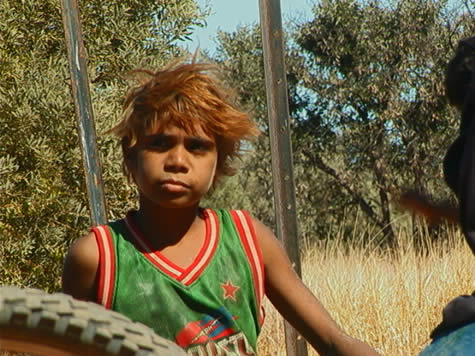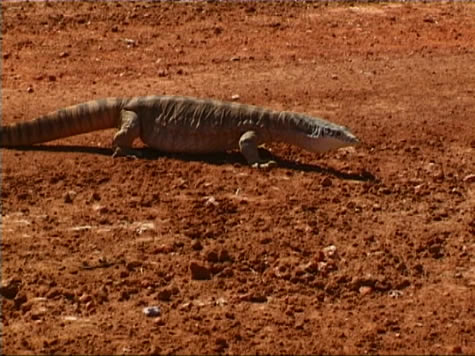2001 August 23, Thursday. Two kilometres over the Queensland border in to the Northern Territory. Six hundred kilometres from Alice Springs, on the Plenty Highway.
“Who had goanna for dinner last night?” Every child’s hand shot up in the affirmative. It was nearly midday at the Urandangi Primary School, an eight-child, one-teacher set up. The school lies just outside the township, which consists of one combination pub / general store, and a population of fourteen people.

Expedition 360 provided the days major highlight in the tiny community, and while the children were at first shy, Crister’s impressive bicycle tricks soon brought them out of their shells, and they took us on a tour of their school grounds, including bush bananas and witchety grubs. Although English is not the first language of the children, we found they spoke and understood it well after overcoming their initial timidity.

Telling us about their life at home, we were astonished to hear that their families still use traditional hunting and gathering techniques to provide a large proportion of their household’s food needs. One six year old girl had the knowledge and skills to survive in the bush without stores for food, or help from anyone else.

Goannas, a species of lizard which includes the second largest in the world, make a favourite meal of the local people. Also known as monitor lizards, they are thought to have evolved from the Pleistocene “mega-goanna”, which reached a length of five metres, and weighed around one thousand kilograms.

The goannas of today grow up to two metres at most, and fat ones the size of a nine or ten-year-old child are not uncommon. Junior, a student from Urandangi told us how together his family had eaten a goanna as big as himself in just one day. Their people also catch yellow-bellies (fish), eat bush fruits, and hunt kangaroos for meat.
Suggested learning activities: Find out where the foods you eat come from. Why do people where you live eat the foods they do? How much of your family’s food is grown / raised / manufactured near where you live? How much comes from other places around the continent? How much is imported from other countries? Can you think of some other people around the world, who would eat certain foods because they occur naturally in the environment in which they live?
bel